https://www.youtube.com/watch?v=LHbVsvWusQg
How To Make The Perfect Rice

What's up everybody ?
I hope everybody's doing great .
Welcome back .
I'm your girl cooking with Tammy .
And today I'm gonna show you how to make the perfect rice .
Yes , I am .
And we're gonna be making white rice to be precise .
You like my rhyme , don't you ?
Yes .
Today we are gonna be making white rice .
I find a lot of times people have a lot of problems or trouble when it comes to making rice .
And to be honest with you , rice is so easy to make rice is one of my first dishes that my grandmother taught me how to make .
So it can't be that hard , right ?
But anyway , I will say this , there's a chemistry , there's a chemistry to making the perfect rice .
And the great thing about it is you don't have to graduate from chemistry class in order to make the perfect rice .
So with all of that being said , let's get the prepping and get to cooking .
First thing I like to do when I'm making my rice is I love to wash my rice .
Alright .
And I'm gonna show you exactly why as you can see , I have my bowl set up here along with my strainer sitting on top of the bowl .
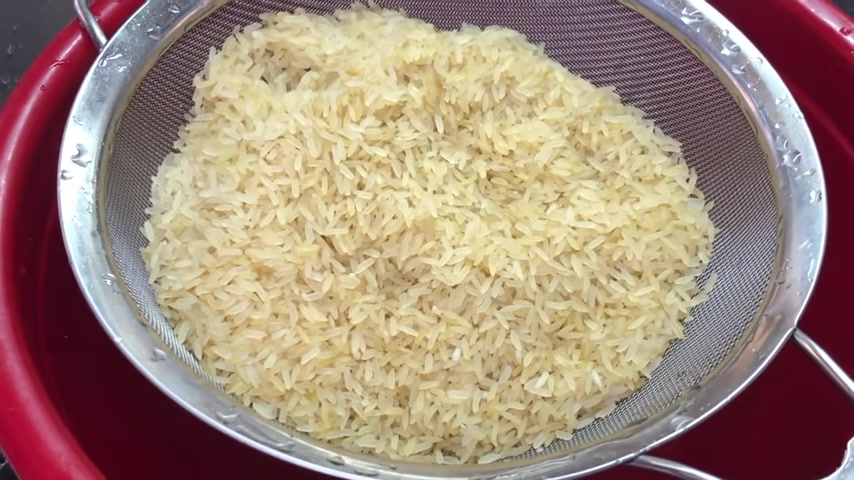
And of course , when you're washing your rice , you can wash it off in a strainer .
You don't need the bowl on the bottom .
But I'm using the bowl because obviously demonstration purposes .
We're gonna start with washing the rice with cold water and we're gonna take our fingers .
Yes , a little .
Trust the hands and stuff and we're gonna massage the rice and we're gonna be using cold water .
Yes .
We're not cooking our rice just yet .
We are gonna be using cold water .
And as you can see , as the water runs on the rice and the more we massage the rice , what are we seeing ?
We're seeing like this white chalky substance .
Yes , we are not to mention there's a little bit of impurities in the water as well as you can see , there's a little black thing right here .
So we're gonna continue rinsing our rice off and yes , as you can see , the water is so white .
Now , here's the thing that right there is a ton of starch which breaks down to carbohydrates , which most of us don't need .
Right .
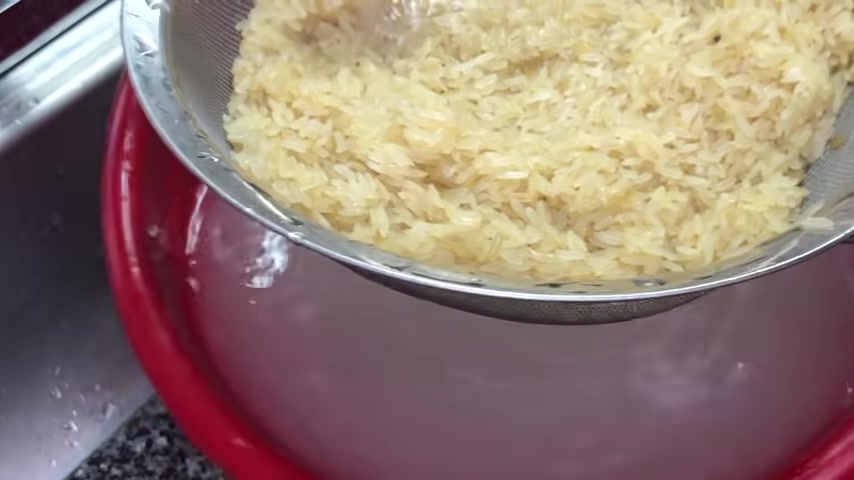
So we're gonna continue washing this rice off until our water runs nice and clear .
It should take about maybe , I guess maybe about 5 to 6 rins .
This process should take no more than 2 to 3 minutes .
Don't opt out of this process .
Let's start off doing it the right way .
And let's finish it in the right way as well as you can see , there's a little black thing right here , which we're gonna definitely take it out of the rice and we're gonna toss it because we don't need to bite down on that .
Now , here's the thing , a lot of times when you don't wash your rice , you might end up biting on a little piece of hard particle , which could actually destroy your teeth , believe it or not .
Of course , obviously , during the growing process , you're gonna get particles here and there .
All right .
Now that we're done , as you can see , our water is nice and clear .
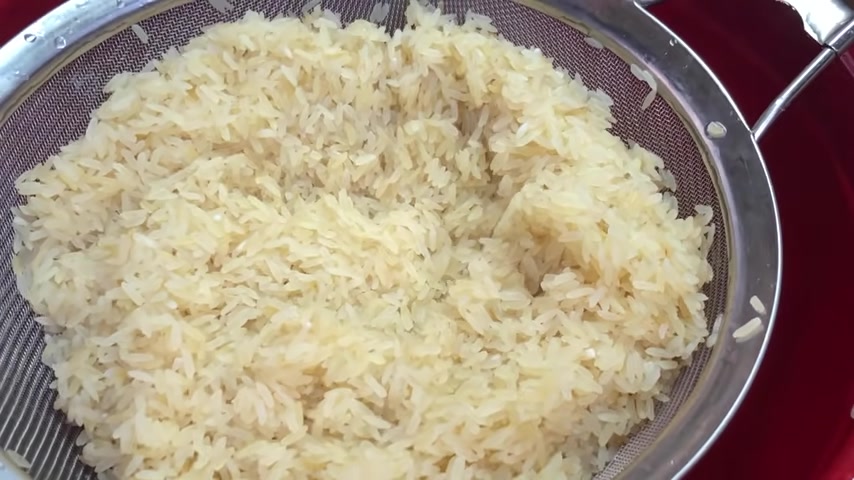
I'm gonna set it aside , allow it to just sit there for a minute .
And what we're gonna do is we're gonna get our pot and we're gonna add some water to it or are we ?
Now we're not .
Now , for the chemistry portion of this segment , we need to know how much rice we're working with .
How many cups of rice is it ?
Two cups ?
Is it three ?
Is it four ?
Well , I'll be honest with you .
We have about three cups of rice in the strainer right here .
So we need about what we need about six cups of water in order to get that perfect rice .
Because let me break it down for you for every one cup of rice .
We need two cups of water .
Simply because as you're boiling your rice , the rice doubles in size .
Yes .
So you need double the amount of water .
If you're making two cups of rice , you need four cups of water and so on and so forth .
So we're gonna add six cups of water to a pot .
Definitely use a non stick pot when making your rice .
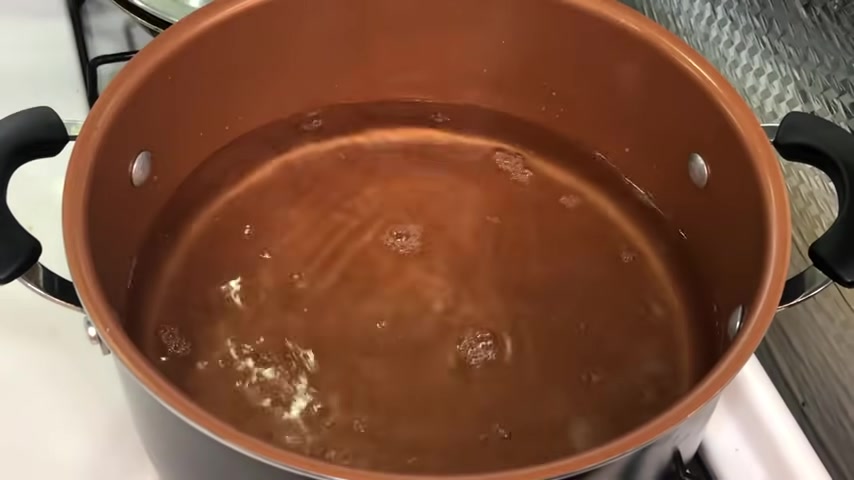
It makes it so much easier .
Now that our water is boiling , we're going to add our rice .
We're gonna stir it around one good time and that's it .
We're gonna lock it down with the lid A K A the cover and we're gonna cook this rice on medium high heat .
We're gonna allow our rice to do its thing .
We're gonna check on it periodically and that's that if you want to add a pinch of salt , you can .
But if you're rocking out with like maybe stewed beef stew , chicken or any type of meat that consists of gravy , you don't really need to add salt to the rice .
All right .
But then again , it's totally optional and totally up to you .
After about 16 to 18 minutes , we're gonna remove the lid and as you can see , check out all of those little holes or should I say , little ear pockets that formulate it in the rice , right .
Check it out and we didn't create that .
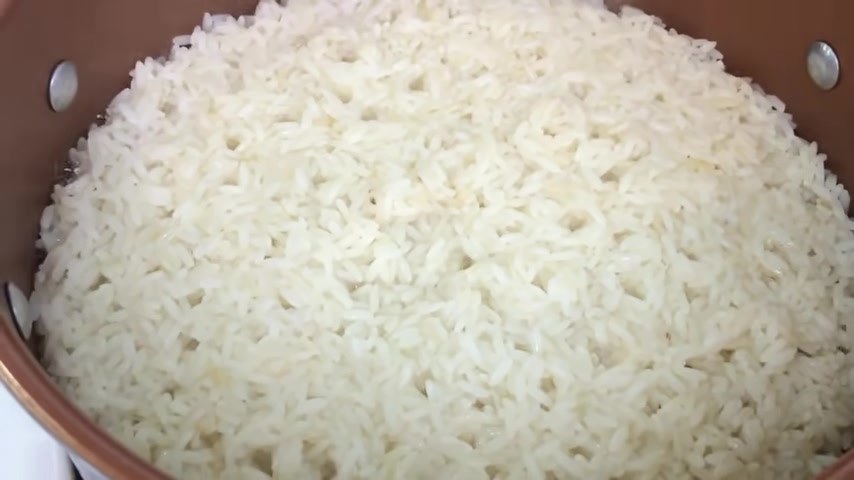
What's happening is the water or should I say the steam from the hot water is actually cooking the rice throughout the entire pot .
So everything is gonna have the perfect texture .
We're not gonna go in there and continuously stir it because what's gonna happen is you're gonna end up with a sticky mushy rice , uh a mess , right ?
And we're not trying to end up with a mess .
Once we hit 20 minutes , most of that water is gonna be gone .
It's gonna be out of here at that point in time .
Once the water dries out of the pot going on with your spatula fluff your rice up just a bit .
And thank me later as always guys , thank you so much for hanging out with me .
I'm your girl cooking with Tammy and enjoy that delicious hot rice and we'll talk later .
Bye guys .
Are you looking for a way to reach a wider audience and get more views on your videos?
Our innovative video to text transcribing service can help you do just that.
We provide accurate transcriptions of your videos along with visual content that will help you attract new viewers and keep them engaged. Plus, our data analytics and ad campaign tools can help you monetize your content and maximize your revenue.
Let's partner up and take your video content to the next level!
Contact us today to learn more.